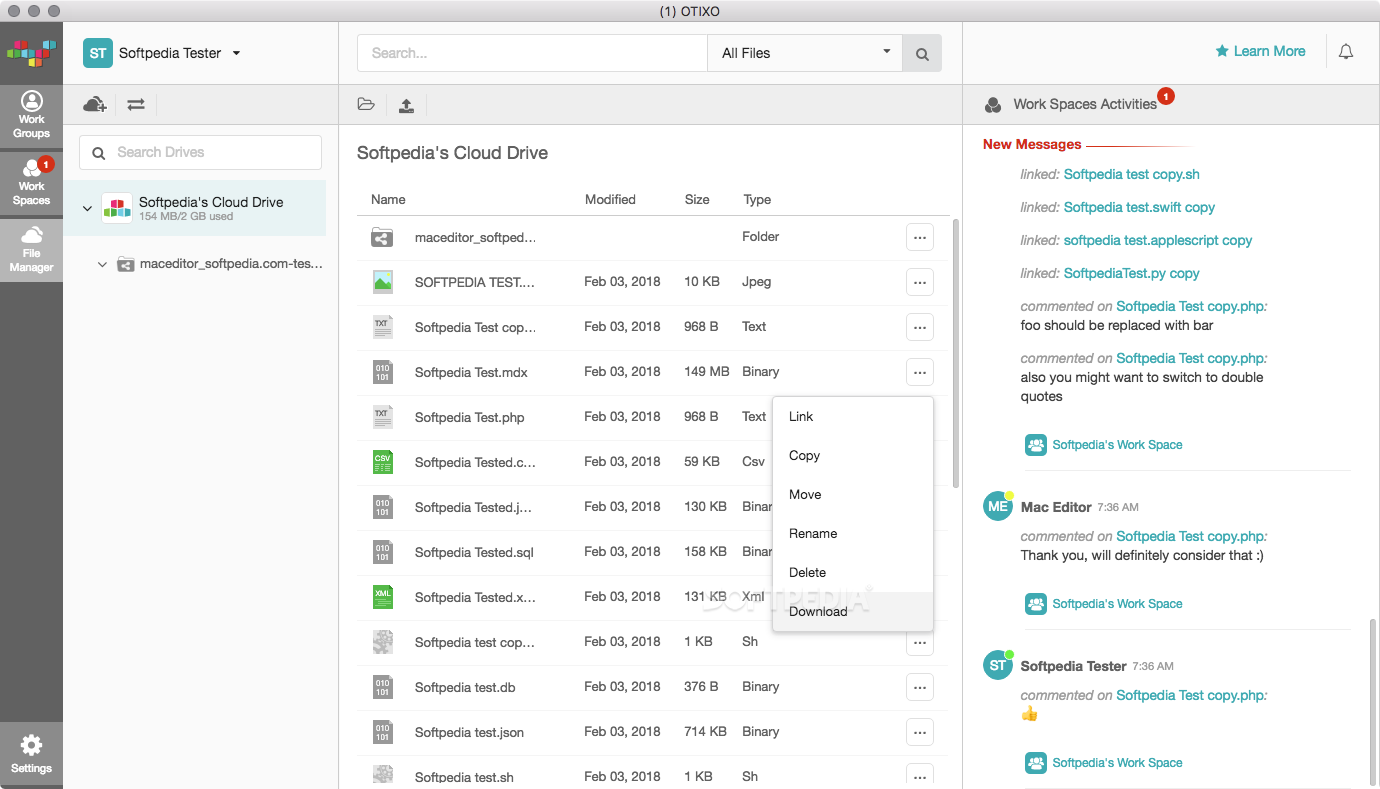
Also, a simple drag-and-drop lets you easily copy files from one service to another.įigure 2.
#Otixo alternative windows#
From that point on, you can explore your cloud data just as if you were in Windows Explorer - including the ability to search across all cloud-based drives and folders. When you select a service, you’ll be prompted to enter your sign-in information that service will then appear in Otixo’s left-hand navigation panel (see Figure 2). (Otixo does, however, support Amazon S3.) The only storage service notably absent is Amazon Cloud Drive, apparently because Amazon has not provided connecting APIs.
#Otixo alternative plus#
Otixo supports most online-storage services to add one, you simply click the plus sign in the lower-left area of the home page and select from the list of 27 services. Web-based Otixo ( site) offers easy cloud-service management and a workable set of collaboration tools. Otixo: Comprehensive cloud-service support
#Otixo alternative android#
There’s a 30-day free trial, and the service offers free Android and iOS apps. But CloudFuze’s most serious drawback is the limited number of supported cloud-storage services: Google Drive, Box, Dropbox, SugarSync, and FTP.ĬloudFuze costs U.S. My attempts to use the CloudFuze desktop app’s help system were unsettling - all I got was an error message. That might make it difficult to know whether you’re viewing files in Dropbox, Google Drive, or another service. I also found it curious that CloudFuze identifies each online service by your sign-in credentials - not by the service’s name. However, in my tests, it didn’t display files in one of my Google Drive folders. The service's clean UI is due in part to limited features.Ĭlicking All Cloud Accounts should let you search and view all files in your connected accounts at one time. CloudFuze offers both a desktop application and a website with similar interfaces. You can’t, however, drag files from one cloud service to another within the CloudFuze interface.įigure 1. CloudFuze lets you sync files and folders across your various cloud services, though I’m not sure why one would want to. You can also use it to drag-and-drop files between your local hard drive and cloud services.

Using this interface, you can open files, delete files, rename files, and create folders within each connected online-storage service. However, CloudFuze’s svelte interface (shown in Figure 1) provides a relatively limited set of tools. It has a clean and simple interface, and it offers nearly identical browser and desktop-app versions. CloudFuze: Quick and easy, but limitedĬloudFuze ( site) has two strengths that set it apart. If there are worthy managers that are completely free, I didn’t find them. All three are primarily paid subscriptions, though the first two offer free trials and Primadesk has a limited, free edition. Some managers also offer additional features, such as collaboration tools and the ability to move files between accounts.įor this article, I took a look at three of the more popular cloud-storage managers: CloudFuze, Otixo, and Primadesk. To make that management task easier, cloud-storage managers offer a single interface and sign-in for accessing all your online-storage accounts. But having several online accounts means remembering where you put your data.

Getting more storage space on any one service requires a paid subscription. And Google Docs lives exclusively in Google Drive.īut another reason we might have multiple accounts is because each cloud-storage provider provides a limited amount of free storage space - generally 2GB (Dropbox) to 15GB (Google Drive). For example, Microsoft’s OneDrive (formerly SkyDrive) is the default document location for Office 2013. In some cases, online storage is deeply integrated into the applications we use. There are various reasons many of us end up with more than one cloud-storage account. Most online-storage services also make synching files between your various digital devices completely automatic. You need only a connection to the Internet.

And cloud storage lets you - and anyone to whom you give permission - access those files from anywhere. Services such as Amazon, Dropbox, Google, and Microsoft provide a safe place for storing important documents and files. There are many good reasons for using cloud storage. Cloud storage has become so popular, it’s now common for personal computer users to have multiple online-storage accounts.īut like managing multiple email accounts, keeping track of your Dropbox, Google Drive, OneDrive, and other accounts can be difficult.


 0 kommentar(er)
0 kommentar(er)
